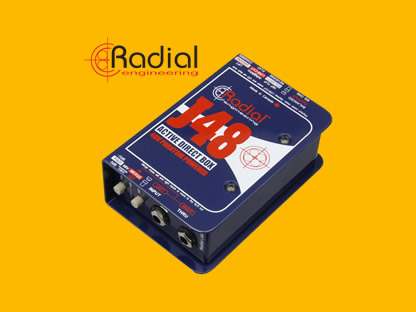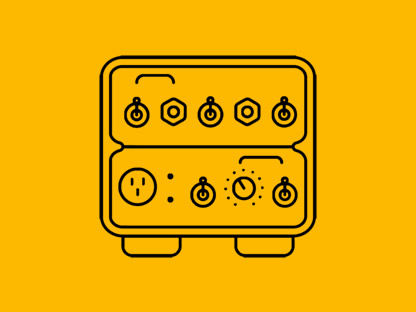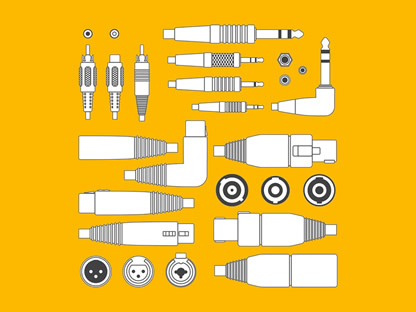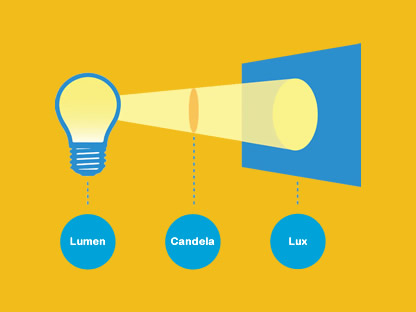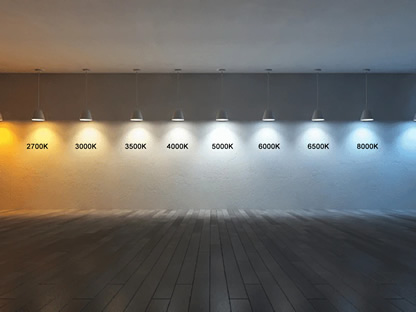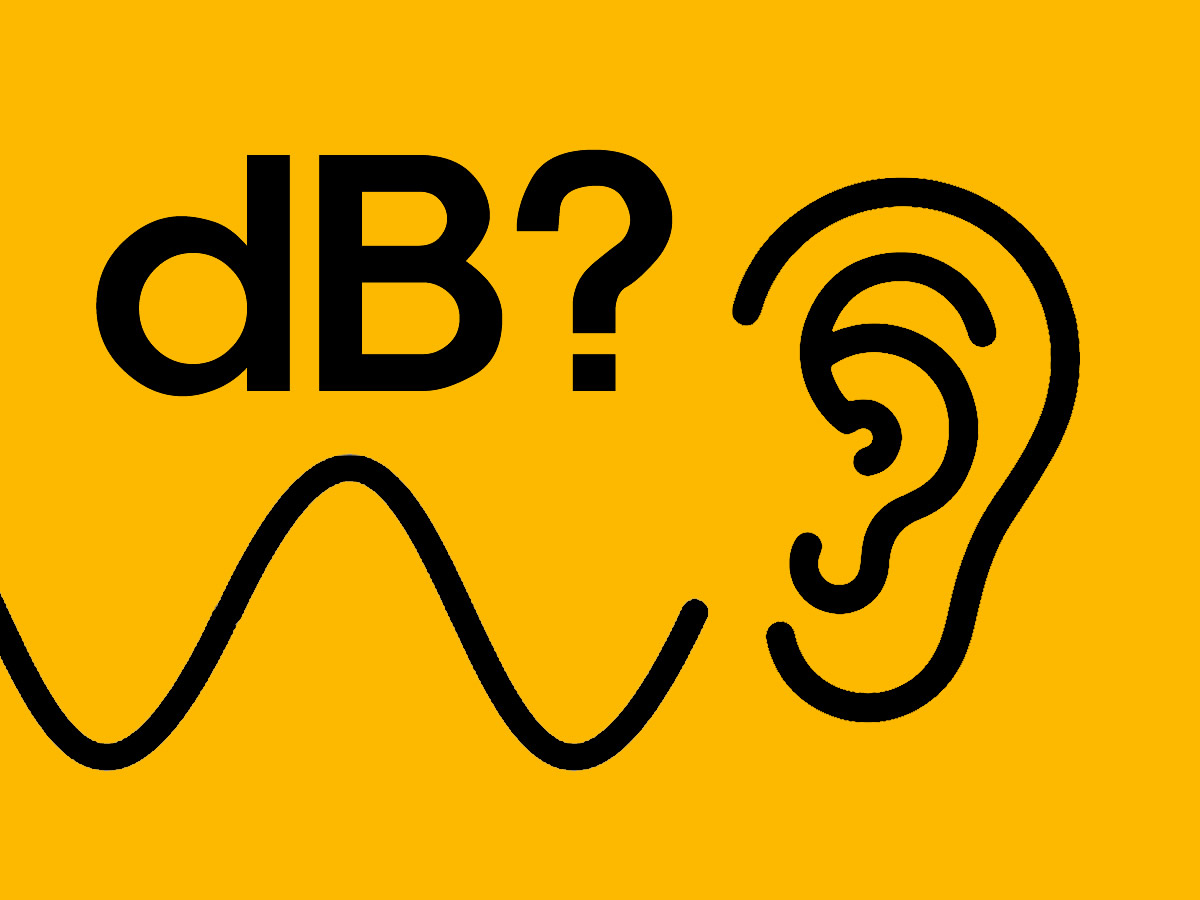
Understanding Decibel (dB)
Decibel (dB)
Decibel is a unit used to compare relative sizes or strengths, primarily indicating the ratio of intensity and magnitude. It is typically referenced to 0dB, where values greater than this represent greater intensity or magnitude, and smaller values indicate the opposite. It is commonly used in music, audio, and electronic devices.
Decibel Unit (dBu)
dBu represents decibels relative to a reference of one microvolt, commonly used to express the intensity of voltage signals. Typically, -10dBu corresponds to a voltage of 0.775Vrms and is used to indicate line-level signals in audio equipment.
Decibels Full Scale (dBFS)
dBFS represents decibels relative to full scale and indicates the maximum signal level in digital audio. 0dBFS represents the maximum allowable signal level in a digital system, and values greater than this indicate clipping.
Decibels Volts (dBV)
dBV represents decibels relative to volts and is used to indicate the magnitude of voltage signals. Typically, 0dBV represents a voltage of 1Vrms and is used to express line-level signals in audio equipment.
Sound Pressure Level (SPL) in Decibels (dBSPL)
dBSPL represents decibels of Sound Pressure Level and is used to express the intensity or pressure level of sound. Measuring sound intensity in decibels is commonly utilized in areas such as environmental noise assessment, output of audio equipment, and hearing tests.
Decibel A, B, C Weighting (dBA, dBb, dBc)
dBA, dBb, and dBc represent weighting factors used to measure the intensity of sound in different frequency ranges. For instance, dBA ignores low frequencies and emphasizes mid-to-high frequencies when measuring noise, while dBB and dBC have different frequency weightings.
LUFS (Loudness Units Full Scale)
LUFS, short for Loudness Units Full Scale, is a standardized unit used to measure the volume level of music or audio. LUFS quantifies the average volume of audio and is primarily used in broadcasting, streaming services, and music production to regulate or compare the levels of music or audio sources. LUFS helps maintain consistent volume across various music platforms.
LKFS (Loudness, K-weighted, relative to Full Scale)
LKFS, short for Loudness, K-weighted, relative to Full Scale, is an abbreviation similar to LUFS and is used to measure and represent the average volume level of audio. LKFS helps quantify and compare the volume levels of music or audio sources, primarily used in broadcasting and media production.
LUFK (Loudness Units, K-weighted)
LUFK, which stands for Loudness Units, K-weighted, is a decibel unit closely related to LUFS and LKFS. It is used to measure and represent the volume level of music or audio, particularly important for complying with broadcasting and audio standards.
Decibels are widely used in various fields, and each type of decibel is selected and applied based on the signal or property to be measured in the respective field. These types of decibels play important roles in various applications such as audio engineering, medical devices, telecommunications, environmental noise measurement, and hearing tests.

